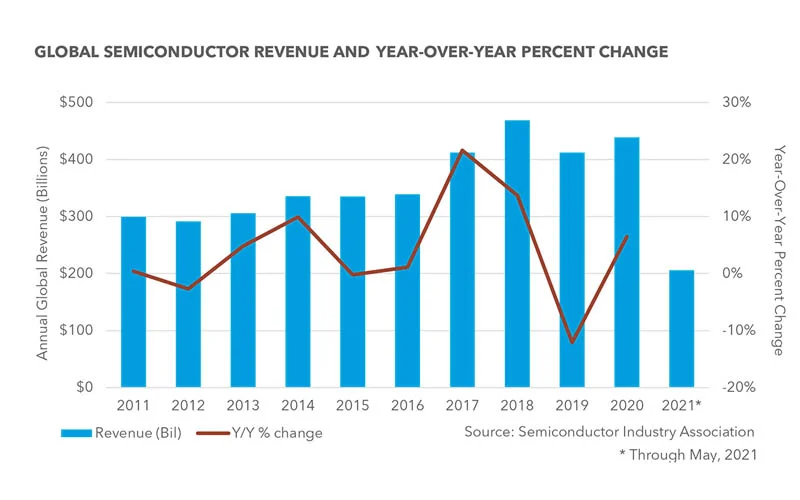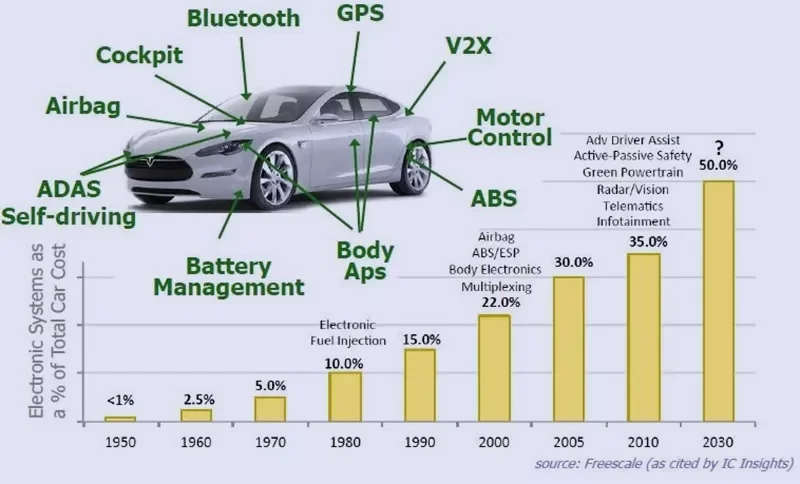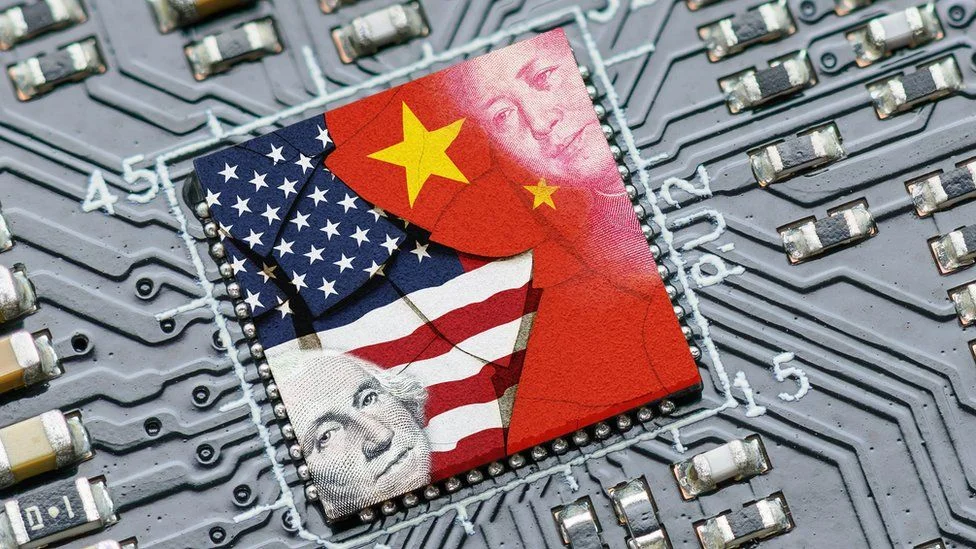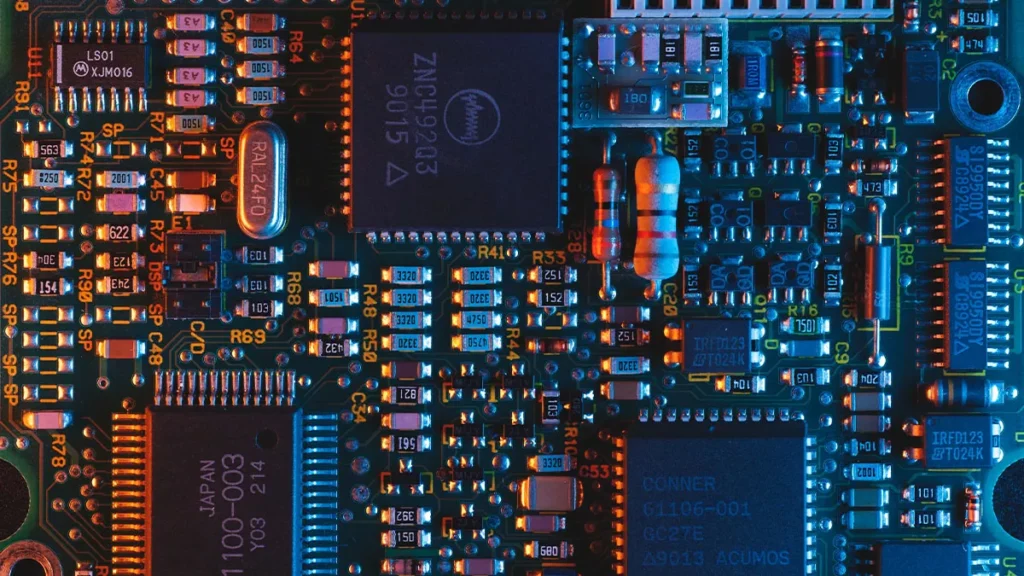In recent times, the global tech industry has been grappling with a significant challenge: the semiconductor shortage and semiconductor chip shortage.
Global semiconductor shortage, auto semiconductor shortage. this scarcity of crucial electronic components has reverberated across various sectors.

In recent times, the global tech industry has been grappling with a significant challenge: the semiconductor shortage. This scarcity of crucial electronic components has reverberated across various sectors, affecting everything from automotive production to consumer electronics. Understanding the reasons behind this shortage is essential to grasp its implications fully.
Causes and Impact of Semiconductor Shortage
What is a Semiconductor?
Before delving into the shortage, it’s crucial to understand what semiconductors are. In essence, semiconductors are materials with electrical conductivity between that of a conductor and an insulator. They are the building blocks of modern electronics, powering devices ranging from smartphones to satellites.
Increased Demand and Supply Chain Disruptions

One of the primary causes of the semiconductor shortage is the surge in demand for electronics. The COVID-19 pandemic accelerated the adoption of remote work and digital technologies, leading to a spike in the production of laptops, tablets, and other devices. This surge caught many semiconductor manufacturers off guard, as they struggled to ramp up production to meet the increased demand.
Additionally, disruptions in the global supply chain exacerbated the shortage. Factory closures, shipping delays, and trade tensions disrupted the flow of raw materials and components, further straining semiconductor production.
Automotive Industry’s Role

The automotive industry also played a significant role in exacerbating the shortage. As vehicles become more reliant on semiconductor chips for features like infotainment systems, advanced driver assistance systems (ADAS), and electric powertrains, automakers began competing with consumer electronics companies for chip supplies. This increased demand from the automotive sector further strained semiconductor production capacity.
Geopolitical Tensions

Geopolitical tensions, particularly between the United States and China, have also contributed to the semiconductor shortage. These tensions have led to trade restrictions and sanctions on semiconductor manufacturers, disrupting the flow of chips and semiconductor equipment.
2024 is the semiconductor shortage over?
In Q4 2023, electronics sales edged up 1% Year-over-Year (YoY), marking the first annual rise since the second half of 2022, and growth is projected to continue in Q1 2024 with a 3% YoY increase. At the same time, IC sales returned to growth with a 10% YoY jump in Q4 2023 as demand improved and inventories started to normalize. IC sales are forecast to strengthen in Q1 2024 with 18% YoY growth.
Capital expenditures and fab utilization rates are expected to see a mild recovery starting in Q1 2024 after significant declines in the second half of 2023.
In Q1 2024, Memory CapEx is projected to increase 9% Quarter-on-Quarter (QoQ) and 10% YoY, while Non-Memory CapEx is on track to climb 16% during the quarter but remain at lower levels than recorded in Q1 2023. Fab utilization rates saw a modest improvement from 66% in Q4 2023 to 70% in Q1 2024. Meanwhile, fab capacity grew 1.3% in Q4 2023 and is projected to match those gains in Q1 2024.
Equipment billings in 2023 surpassed projections though growth is expected to be muted in the first half of 2024 mostly due to seasonality.
The effects of the automotive chip shortage do not appear to have been evenly distributed between manufacturers. Some companies, such as BMW, Mercedes, and Volvo, reported no significant chip supply issues early in the second half of 2022. Others like Nissan, Hyundai, and Volkswagen said that semiconductor issues were improving at that time.
The most optimistic take is that the semiconductor supply chain could return to “normal” by the end of 2023. Others think that the shortage could continue well into 2024
Solutions and Future Outlook

Investing in Domestic Production
How to solve semiconductor shortage, To address the semiconductor shortage, many countries are ramping up efforts to bolster domestic semiconductor production. Governments are providing incentives and subsidies to semiconductor companies to expand their manufacturing capacity and build new fabrication facilities. By reducing reliance on overseas production and diversifying the semiconductor supply chain, these initiatives aim to mitigate the impact of future disruptions.
Collaboration and Innovation
Collaboration between industry stakeholders is also crucial in addressing the semiconductor shortage. Semiconductor manufacturers, technology companies, and governments must work together to develop innovative solutions, such as alternative materials and manufacturing processes, to increase chip production efficiency and resilience.
Long-Term Planning and Risk Management
Moving forward, companies must prioritize long-term planning and risk management to mitigate the impact of future supply chain disruptions. This includes diversifying supplier networks, investing in inventory management systems, and adopting agile manufacturing practices to respond quickly to changes in demand.
FAQs
What is the semiconductor shortage?
The semiconductor shortage refers to a global scarcity of silicon chips, which are essential components in almost all electronics products, including cars, smartphones, laptops, and appliances. This shortage has caused supply chain disruptions and increased prices for many goods
How will the semiconductor shortage impact the cost of goods in the long run?
The semiconductor shortage is expected to push up the prices of consumer electronics, automobiles, and other goods in the short term. In the long run, manufacturers might be forced to absorb some of the increased costs, while others may pass them on to consumers. However, as competition grows fiercer, companies could work on cost- optimization measures to mitigate the impact on their customers.
Can the semiconductor shortage lead to long-term repercussions for the global economy?
The semiconductor shortage could have far-reaching implications for the global economy, including reduced economic growth, employment losses, and increased inflation. Governments, companies, and research organizations must collaborate effectively to ensure that supply chains recover and that innovative solutions are developed to minimize the long-term impact on the global economy.
What are some alternative materials or manufacturing techniques that could help address the semiconductor shortage?
Gallium nitride (GaN).Silicon carbide (SiC).Reconfigurable chips.Three-dimensional (3D
Conclusion
The semiconductor shortage is a complex issue with far-reaching implications for the global economy. By understanding its causes and implementing collaborative solutions, stakeholders can navigate through this challenging period and build a more resilient semiconductor ecosystem for the future.
Meta Description: Explore the causes and impact of the semiconductor shortage, from increased demand to supply chain disruptions. Learn about solutions and the future outlook for this critical industry.